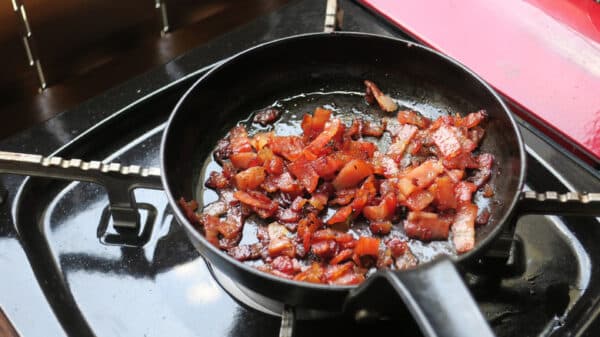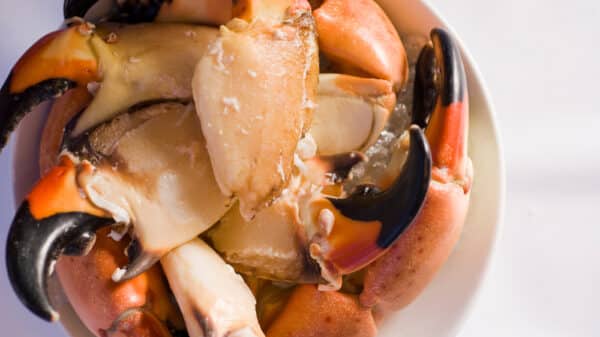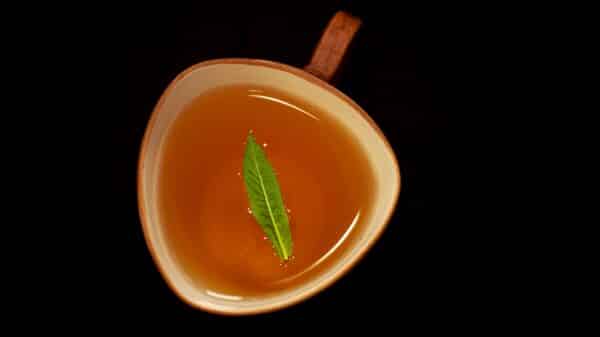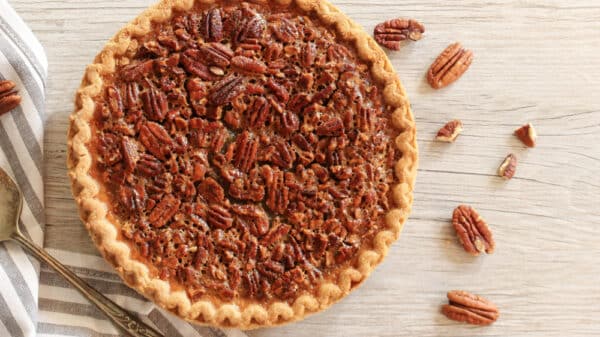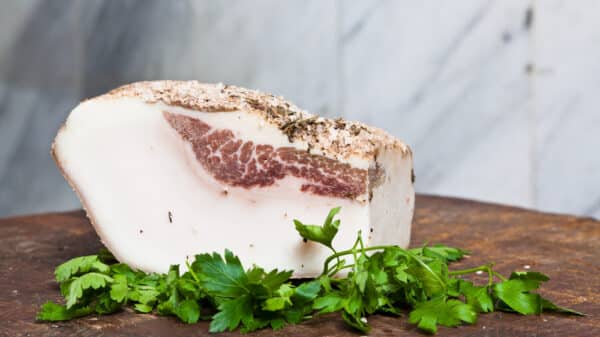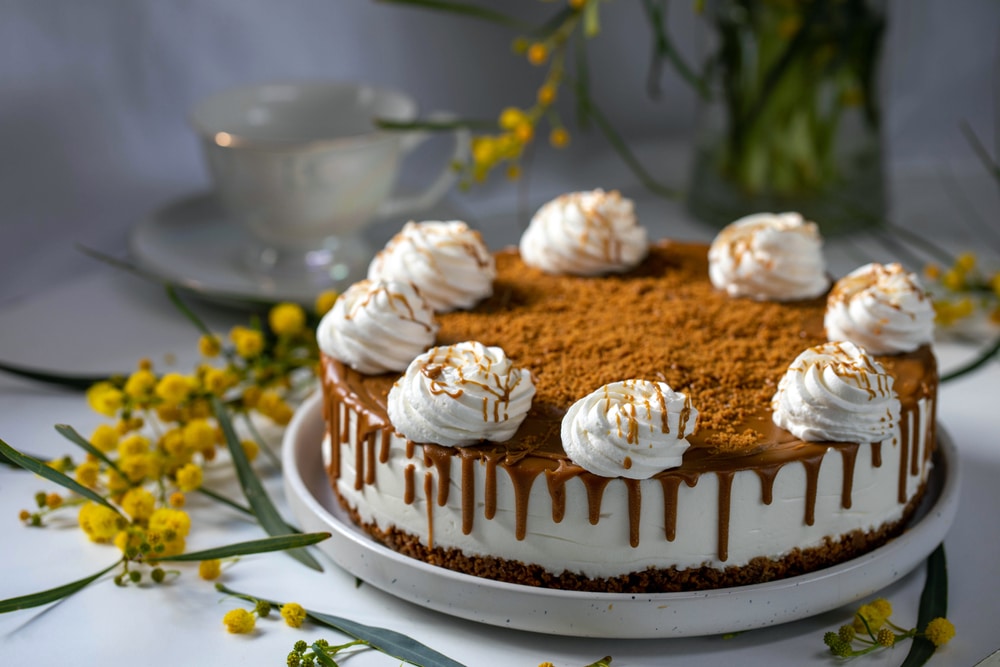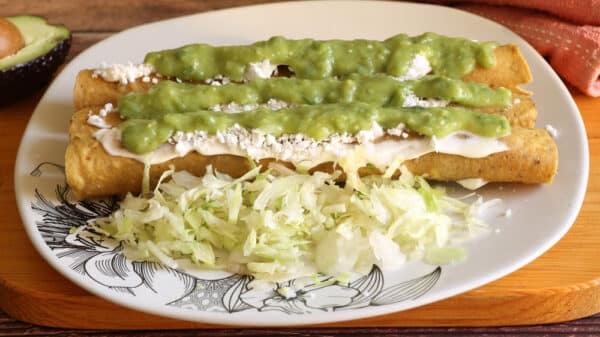Cake has been a beloved treat for millennia, evolving through the ages into the delightful desserts we know today. But just like fashion, cake trends come and go. Some cakes were once staples at celebrations, only to be forgotten over time. You might catch a whiff of nostalgia when you think of those old-school cakes – perhaps they graced your great aunt’s table or were the centerpiece of potluck gatherings. Today, let’s take a closer look at some of these bygone beauties, exploring their stories and examining why they’ve slipped from the spotlight. You might even be inspired to try your hand at baking one of these historic relics.
1. Seed Cake
Seed cake might not roll off the tongue the way “Victoria sponge” or “Battenberg” does, and it’s indeed fallen out of favor in recent decades. However, this cake holds a cherished place in British culinary history, having been passed down through generations. Imagine a rich, buttery loaf cake infused with caraway seeds, offering a hint of licorice — it’s a unique flavor that can be a delightful surprise.
While its roots stretch back to medieval times, seed cake hit its stride during the Georgian and Victorian eras, appearing in various cookbooks and even making an appearance in novels like “Jane Eyre.” If you stumble across an old cookbook at a heritage fair, you might still see this hidden gem. If you have a fondness for Madeira cake but crave something with a bit more character, seed cake might just win your heart. Yes, it can be an acquired taste, which explains its absence from modern bakeries, but embracing its unique flavor could unveil a new favorite.
2. Marble Cake
Once a go-to for birthday parties, bake sales, and cozy gatherings, marble cake was the crowd-pleaser that required no fuss. Picture swirls of vanilla and chocolate, delivering the best of both worlds with every slice. It brought a touch of elegance without the need for intricate decoration or elaborate flavors, making it the perfect multitasker.
This delightful cake originated in 19th-century Germany and made its way to America with German immigrants. For years, it was a reliable recipe that found its way into countless family kitchens. Yet, in today’s world of extravagant desserts and over-the-top flavors, marble cake seems overshadowed. It lacks the gooey centers or rich frostings that are so popular now, making it all too easy for it to be overlooked. But when baked to perfection, with the right balance between the chocolate and vanilla, it remains a timeless treat. Dust off that old family recipe and reacquaint yourself with this understated classic!
3. Boiled Fruit Cake
When you think of fruitcake, you probably don’t imagine a “boiled” version, and that’s understandable. This less well-known cake has largely vanished from our dessert tables, despite being a British home-baking staple in the past. In this case, it’s not the cake that’s boiled, but the fruit, often combined with some booze, sugar, and butter. The result? A soothingly dense, dark cake that feels cozy and satisfying.
What made boiled fruit cake a household favorite was its simplicity. You could whip it up with whatever ingredients you had lying around: dried fruit, some margarine, and maybe a splash of leftover tea. The boiling process tenderized the fruit and gave the cake a rich, treacly flavor, all without demanding hours of work. Though it may seem like a relic now, boiled fruit cake still holds its own, particularly for those craving something dense, not overly sweet, and full of flavor. It’s a beautifully practical cake that stands the test of time, thriving in flavor even days after baking.
4. Tomato Soup Cake
It may sound odd at first, but tomato soup cake was once the star of many a dessert table. Yes, you read that right — tomato soup! This unconventional ingredient adds moisture and a subtle sweetness, creating an unassuming yet delectable cake. Traditionally, it was a baker’s secret weapon during tough times, when ingredients were scarce.
The beauty of tomato soup cake lies in its simplicity and versatility. It’s a comforting cake that’s easy to whip up and can be adorned with a variety of frostings or enjoyed plain. While it may seem bewildering to those unfamiliar, this cake represents the resourceful spirit of home bakers who made the most with what they had. Imagine surprising your friends with a slice – they’ll be fascinated, and you might just ignite a new interest in this vintage recipe.
In our fast-paced world, it’s easy to overlook these classics, but rediscovering them can deepen our appreciation for the history of baking. So, why not take a stroll down memory lane and bake one of these forgotten treasures? You might just find that old-school flavors bring a new joy to your kitchen!A tomato soup cake might sound odd, but it’s a fascinating piece of culinary history that harks back to tougher times. Imagine the 1940s, during World War II and the Great Depression, when rationing made everyday cooking a challenge. In those days, pantry staples became inventive substitutes. Instead of eggs and milk, a can of tomato soup was used, creating a cake that was as resourceful as it was surprising.
The appeal of a tomato soup cake lies not in the tomato flavor itself, which is subtly overpowered by spices like cinnamon and nutmeg, but in its practicality. Think of it as a spice cake with a twist—deliciously moist yet completely unique. It’s topped with creamy cream cheese frosting that adds a luxurious finish, taking it from a wartime necessity to a nostalgic treat for those who grew up with its distinctive flavor.
Still, this peculiar cake isn’t something you’ll stumble across at your local café. Many people are taken aback at the idea of soup in their dessert, and it’s easy to see why. In a world where cake is often an indulgent affair, the notion of a soup-infused sweet isn’t exactly mainstream. But if you’ve ever had to get creative with what’s left in your pantry, that sense of innovation might resonate with you.
Moving on, let’s talk about Yorkshire spice cake—a delightful dessert that has somewhat faded from modern palates. Originating in the Yorkshire region of England, this loaf-style cake is enriched with a mix of flavorful spices, making it a warm, comforting option that evokes cozy memories. While it might be a little off your radar, this cake deserves a comeback. With its comforting tones brought to life by cinnamon, ginger, and allspice, it’s hard to resist. If you make your own spice blend at home, you can capture the essence of Yorkshire without needing to travel across the pond. The addition of raisins and currants adds a touch of sweetness, while the use of lard or dripping instead of butter gives it a richness that is hard to beat.
And let’s not forget the unique leavening agents in Yorkshire spice cake. The lightness comes from a clever combination of baking soda and vinegar, eliminating the need for eggs. It’s a fantastic example of how resourcefulness can yield something truly delicious.
Now, if you’re in the mood for a cake steeped in Southern tradition, the Lane cake might just intrigue you. More of a story than a simple recipe, its legacy lives on in family cookbooks and Southern gatherings. This layered white cake, with its light, airy texture from whipped egg whites, is filled with a decadent mixture of egg yolks, butter, and a medley of fruits and nuts. If you’ve ever been captivated by the essence of a family recipe shared at holiday gatherings or potlucks, Lane cake transports you there instantly.
Originally created in Alabama by Emma Rylander Lane in the late 1800s, it became a popular wedding and holiday dessert. The process of making Lane cake is a bit intricate, requiring careful preparation that may intimidate some bakers. Yet, for those who venture into this culinary journey, the reward is a deeply flavorful cake that offers a slice of Southern heritage alongside a delicious taste.
As we delve into Madeira cake, we step back into the 1840s, when this simple yet sophisticated cake first made its debut. While many mistakenly think it must contain Madeira wine—the cake was actually meant to be served with it—Madeira cake is simply a rich sponge made from equal parts butter, sugar, flour, and eggs. The texture is intriguingly dense, which might explain its decline in popularity compared to the overtly flashy cakes we see today.
There’s something delightful about its simplicity, though. While it may not feature dramatic flavors or extravagant frostings, Madeira cake offers a comforting bite that allows the authentic taste of the ingredients to shine. In a culinary landscape captivated by bold flavors and elaborate designs, perhaps it’s time to revisit this understated classic.
Finally, let’s take a stroll down memory lane with the once-beloved pineapple upside-down cake. Picture this: a golden cake revealing a stunning display of glazed pineapple rings and cherries after being flipped onto a platter. It was once the queen of dinner parties—its caramelized top a testament to both beauty and flavor. Since appearing in American cookbooks of the 1930s, this cake was celebrated for its effortless elegance and rich, sweet flavor, making it a timeless centerpiece.
While food trends come and go, the charm of these nostalgic cakes is undeniable. They remind us that even in the most challenging times, creativity in the kitchen has always thrived. These cakes, steeped in history and tradition, have stories to tell and flavors waiting to be rediscovered. So next time you find yourself in the baking aisle, consider giving one of these forgotten classics a try; they may just reconnect you with a taste of the past.While it might seem a bit retro or even old-fashioned now, there’s an undeniable charm in the mix of sweet, syrupy fruit atop a soft sponge, paired with those pleasantly caramelized edges. Pineapple upside-down cake might just be the perfect nostalgic pick-me-up. Remember the joy of turning it upside down, revealing a sunlit circle of pineapple and cherries? It’s a delicious reminder that indulging in a little kitsch doesn’t hurt—it can even be a delightful treat.
Moving on, let’s talk about kugelhopf—a name you might not hear every day. This unique, fluted cake used to be a staple for celebrations across central Europe, especially in places like Alsace, southern Germany, Austria, and Switzerland. It’s a yeasted cake, more akin to bread than the spongy sweets we’re used to. Often dotted with raisins and sometimes almonds, kugelhopf brings a subtle sophistication to the table.
If you’ve ever had it, you know it’s not heavily sweetened but usually carries light notes of flavors like kirsch or orange blossom water. Picture savoring a slice with a warm cup of coffee in hand during a quiet afternoon—it’s more elegant than extravagant, an experience rather than just a dessert. Historically, this cake was the centerpiece of holiday feasts and family gatherings. Though it made its way to American tables thanks to 19th-century immigrants, it never quite captured hearts like its sugary counterparts. Maybe it’s the special pan you need to bake it or just the patience required, but kugelhopf remains light, buttery, and unmistakably classic—charming in its simplicity.
Now, let’s take a moment to reminisce about spotted dick, a dessert that may elicit a chuckle due to its whimsical name. Once a beloved treat in the U.K., it’s a sponge pudding speckled with raisins (the reason for the “spotted” part) and is typically served with a rich, creamy custard. Even though its name can cause giggles, it was a schoolyard favorite and a fixture in traditional eateries across Britain. Yet, its presence has dramatically diminished. While today’s dessert lovers gravitate towards more complex flavor combos—think chocolate, caramel, and zesty citrus—spotted dick may seem like a relic, but if you enjoy a good density combined with dried fruit, it’s a comforting nostalgia worth revisiting.
Then there’s rout cake, a real throwback that dates to Regency England and remained popular through the Victorian era. If you picture elegant tea parties, complete with delicate china and soft laughter, you might envision folks savoring these petite delights. Rout cakes are not what we think of as traditional cakes today; they’re closer to a biscuit or tea cake, crafted from a straightforward blend of flour, sugar, butter, and eggs, with dried fruit mixed in for flavor. Sometimes flavored with spirits, rosewater, or orange blossom, they served as dainty accompaniments to afternoon tea—perfect for those genteel moments. They’re harder to find in today’s baking landscape, perhaps because they straddle that line between sweet cookie and cake, but the joy of crafting them still lives on among dedicated bakers.
Let’s not forget the refined Lady Baltimore cake, which captures the essence of Southern elegance. Originally gaining fame from Owen Wister’s novel, this layered cake features a filling of figs, raisins, and nuts, all folded into a silky meringue icing. Its delicate sweetness is complemented by the beauty of its presentation, making it a real showstopper. While it’s undeniably fancy, it’s also a bit of a project to make: boiling icing and beating egg whites can be quite the undertaking, making it less appealing for the everyday baker. However, for those willing to roll up their sleeves, it certainly elevates any occasion.
Lastly, we touch on wacky cake, a delightful piece of baking history that emerged during World War II when ingredients were scarce because of rationing. But don’t let the challenges of its origins mislead you—this one-bowl chocolate cake manages to deliver a delicious punch while skipping eggs, butter, and milk.
The simplicity of this cake is part of its charm; mix your dry goods right in the pan, create wells for vinegar, oil, and vanilla, then pour in some water and stir—easy, right? Its accidental vegan nature means it appeals to a broader audience. Although it may not be the cake people reach for anymore—perhaps due to connotations of hardship or overshadowed by fancier treats—it deserves a moment in the spotlight. Just think: no need for a stocked pantry or fancy equipment, just some staples and a bit of creativity yield this wonderfully rich cake.
Each of these forgotten delights carries with it a piece of culinary history and an invitation to savor old flavors. So why not embrace a little nostalgia, celebrate the crafts of the past, and share some laughs over the quirkiest names while enjoying these delectable bites? You may find that some of these “old-school” treats hold a uniquely comforting place within your heart—and tummy.
Image Source: Arieh / Shutterstock


